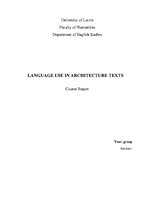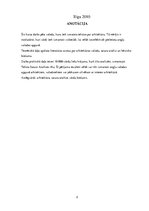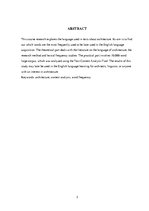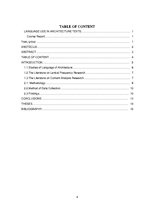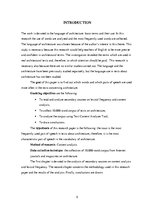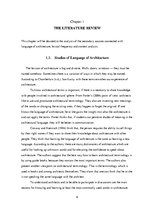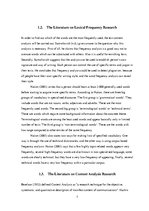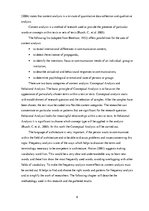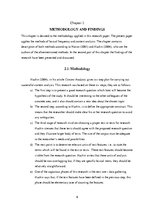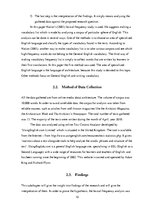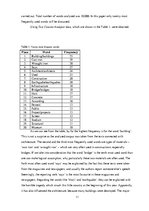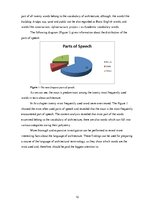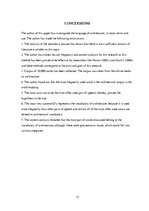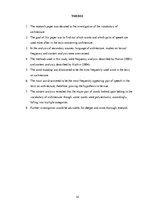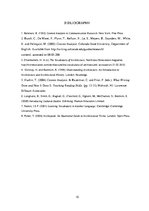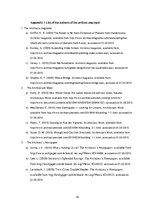-
Language Use in Architecture Texts
| Nr. | Sadaļas nosaukums | Lpp. |
| ANOTĀCIJA | 2 | |
| ABSTRACT | 3 | |
| INTRODUCTION | 5 | |
| 1. | THE LITERATURE REVIEW | 6 |
| 1.1. | Studies of Language of Architecture | 6 |
| 1.2. | The Literature on Lexical Frequency Research | 6 |
| 1.3. | The Literature on Content Analysis Research | 7 |
| 2. | METHODOLOGY | 9 |
| 2.1. | Methodology | 9 |
| 2.2. | Method of Data Collection | 10 |
| 2.3. | Findings | 10 |
| CONCLUSIONS | 13 | |
| THESES | 14 | |
| BIBLIOGRAPHY | 15 | |
| APPENDIX 1. List of the Authors of the Articles Analysed | 16 |
CONCLUSIONS
The author of this paper has investigated the language of architecture; its basic terms and use. The author has made the following conclusions.
1. The analysis of the secondary sources has shown that there is not a sufficient amount of literature available on this topic.
2. The author has chosen lexical frequency and content analysis for this research as this method has been proved to be effective by researchers like Nation (2001) and Huckin (2004) and these methods correspond to the aims and goal of this research.
3. Corpus of 10,000 words has been collected. The corpus was taken from the online media on architecture.
4. The author found out that the most frequently used word in the architectural corpus is the word building.
5. The noun turns out to be the most often used part of speech; thereby, proved the hypothesis to be true.
6. The noun very successfully represents the vocabulary of architecture, because it is used more frequently than other parts of speech and almost all of the most often used nouns are related to architectural vocabulary.
7. The content analysis revealed that the most part of words discussed belong to the vocabulary of architecture; although, there were polysemantic words which could fall into various categories.
THESES
1. The research paper was devoted to the investigation of the vocabulary of architecture.
2. The goal of this paper was to find out which words and which parts of speech are used more often in the texts concerning architecture.
3. In the analysis of secondary sources, language of architecture, studies on lexical frequency and content analysis were overviewed.
…
Course report in 'Written Communications'

